
This logo isn't an ad or affiliate link. It's an organization that shares in our mission, and empowered the authors to share their insights in Byte form.
Rumie vets Bytes for compliance with our
Standards.
The organization is responsible for the completeness and reliability of the content.
Learn more
about how Rumie works with partners.
Active listening is more than hearing or listening.
It requires that you actively participate in the communication process. You need to pay attention and ask questions to get all the important details!

Active listening skills are important in any type of job where you interact with other people, especially if they're your customers, clients, or patients. But like any skill, this requires practice.
Improve your active listening skills with customers using these 3 tips!
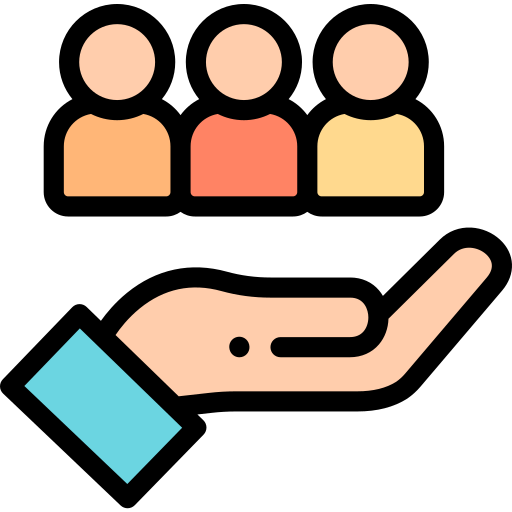
* In this Byte the term customer(s) will be used to refer to any person who is expressing a need to you in a business setting.
1. Understand the Problem
To solve a problem, first you need to understand the problem. To understand the problem, you need to actively listen to the customer in front of you.
Sometimes this is difficult because the person could be frustrated or irritated when talking to you, and if you ask the person to repeat the problem over and over, this will cause more problems!

To catch the most details from and stay focused on another person who is talking to you:

Be present. Use your senses of sight and hearing to pay attention to what the customer is telling you. Your body language will also communicate your interest to the other person.

Read the signs. People communicate with their hands, their body, and facial gestures. You can also understand how someone is feeling from the tone and speed of their words.
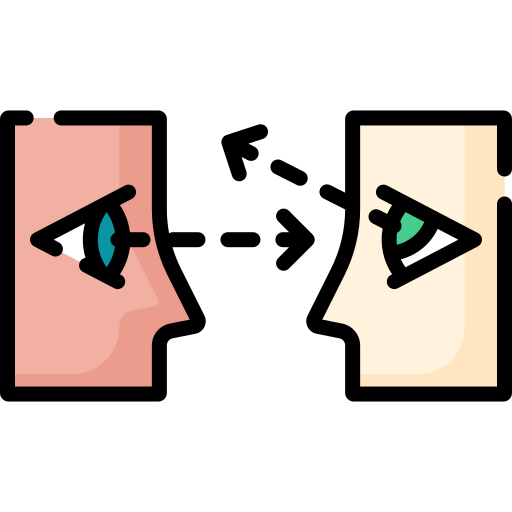
Keep eye contact. This can be difficult, but at least try to keep eye contact for 5 seconds and then take short breaks. You can also try to look at different parts around the eyes of the other person.

Don't interrupt. Don't talk over your customer, instead use statements like "I see", "I understand", or "mhm" to maintain engagement.
Quiz
Rose is a lawyer that is talking to a new client that doesn't speak English very well and has a translator helping him. What are some strategies Rose can use to completely understand what her client is trying to explain? Select all possible options.
Even though the translator is translating the message from the customer, there are details that could lose in the process. It's important to read the gestures and voice of the customer to understand how the customer is feeling.
2. Ask the Right Questions
Once you have a better idea of the problem, it's important to ask some questionsto ensure you fully understand the message. Questions can also help you connect with your customer.

After you've listened carefully to what the customer said, now you need to provide feedback to acknowledge you have been actively listening.
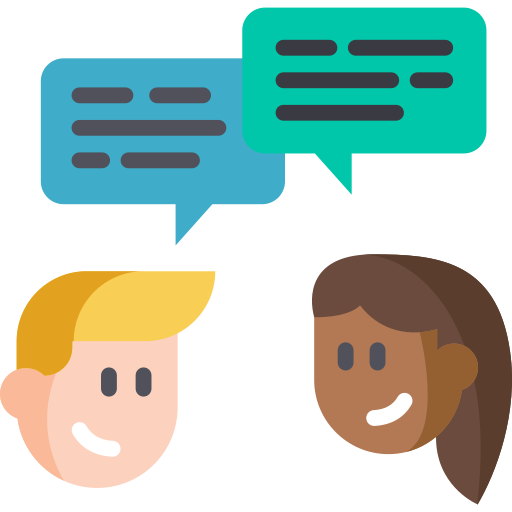
Paraphrase and summarize. This will give the customer the opportunity to clarify any misconceptions.

Use open-ended questions. Don't use "yes or no" questions. Instead ask meaningful questions that allow the customer to share their needs.
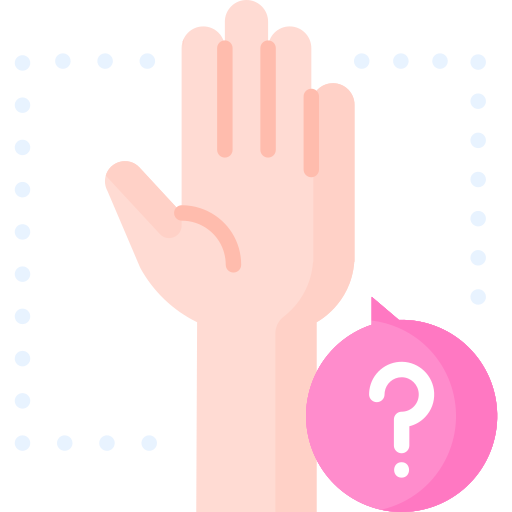
Seek clarification. If you're not sure about an important piece of information, ask about it one more time in a polite way. This shows that you care for the customer's needs.
Quiz
Thomas is a server that took orders from a group, but he is unsure if one of the customers said they're allergic to nuts. What should Thomas do?
When details are important but for some reason, you didn't catch them before, it's important to ask for clarification. Sometimes the wrong information could even be fatal.
3. Find the Right Solution
Now that you have all the right information about a problem, you can offer the right solution.


Empathize with your customer. Put yourself in your customer's shoes — that way, you'll connect with them and make the collaboration to find the solution more engaging. Customers value and are loyal to professional relationships in which they feel genuinely cared for.

Take notes. Make sure you write the important details about your customer's needs. That way you can take a moment to reflect and analyze the information in front of you.
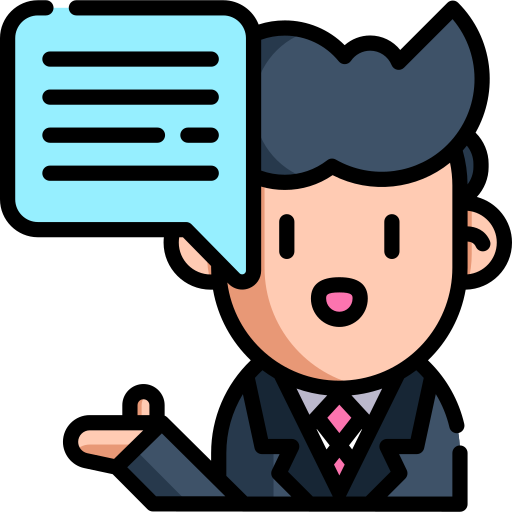
Confirm your understanding. Summarize the customer's need one last time to ensure you're providing the solution to their specific concern.

Be calm. Remember, you're the expert and you can help a person with a problem. Take a deep breath, think clearly, and provide your best solution.
Take Action

Active listening is a powerful skill in the problem-resolution process that will benefit your customers, your company, and yourself! Next time you help a customer, remember to:
This Byte has been authored by
Gracia Quicano
Learning Designer Volunteer